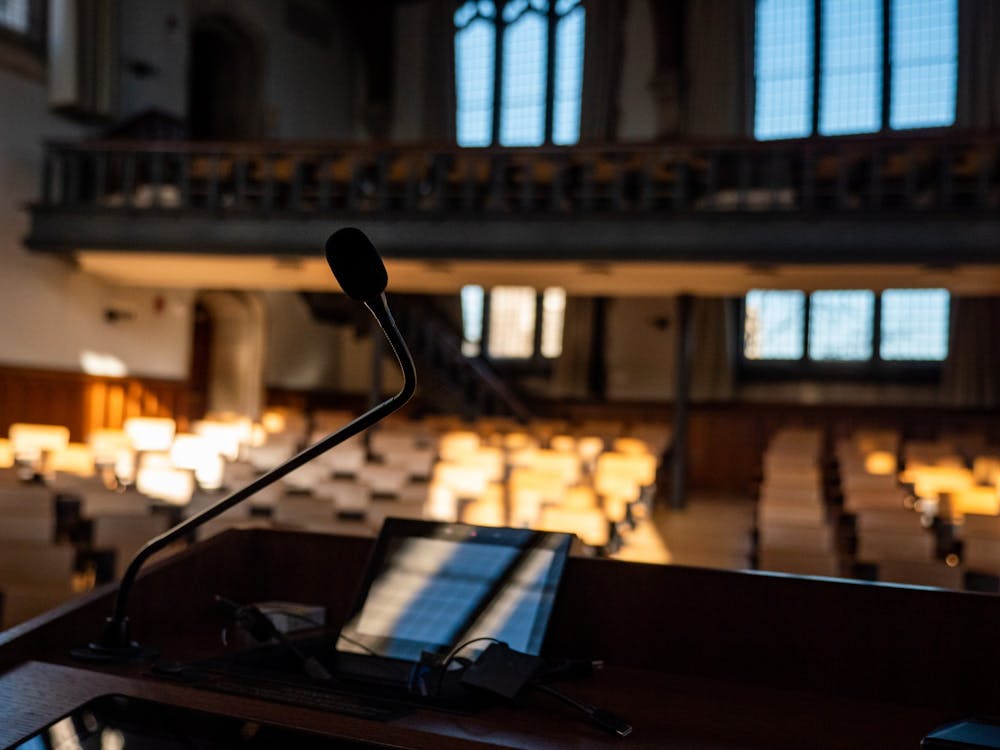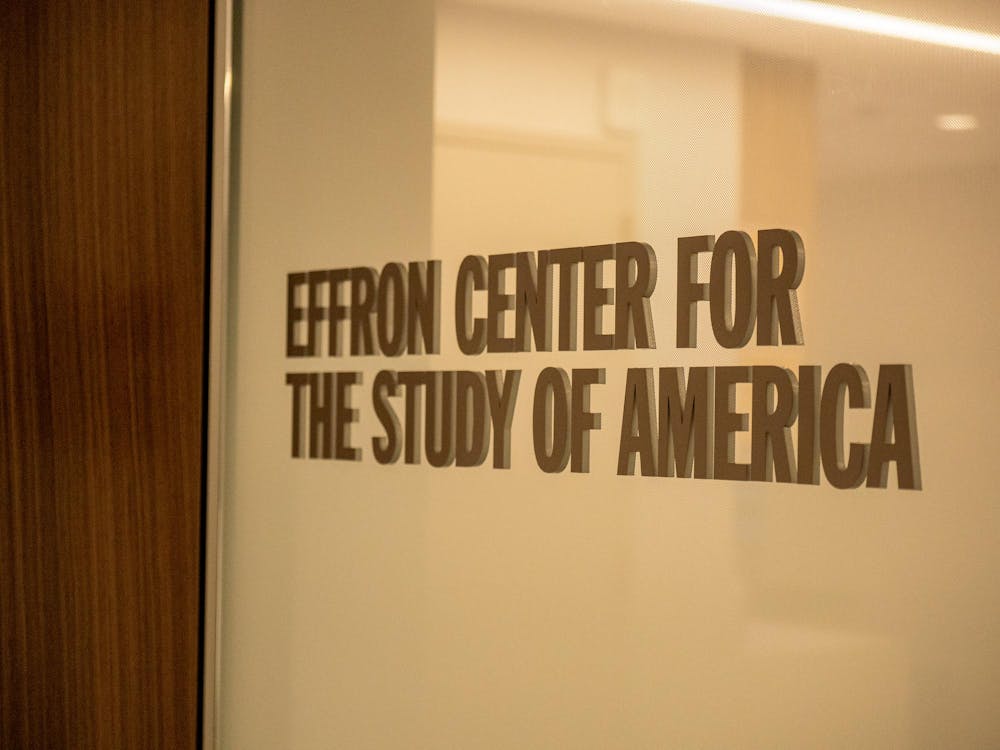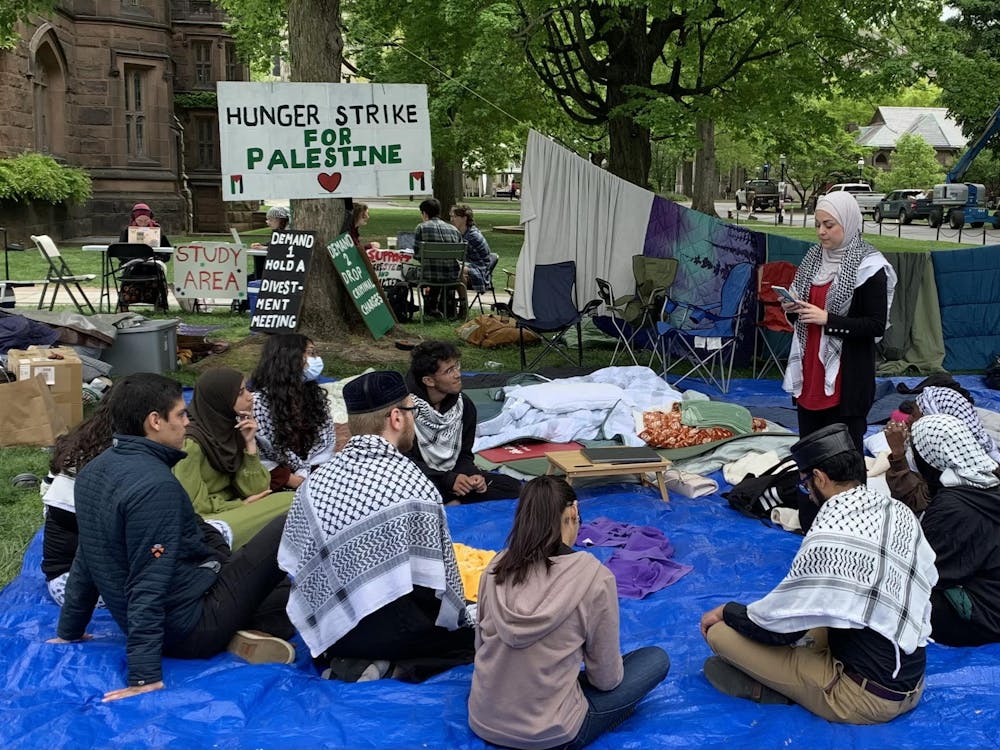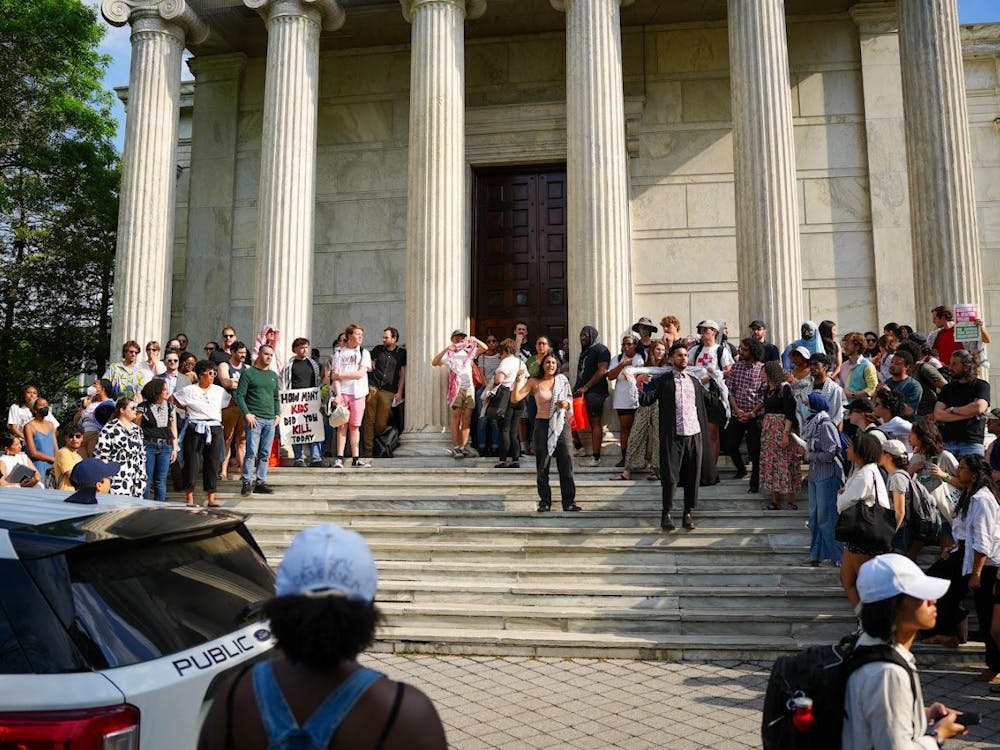Over the last few months, debates on academic freedom have once again been thrust into the spotlight as some professors, most notably Amy Wax and Ilya Shapiro, have made incendiary comments that have gotten them into hot water. The necessity for academic freedom has been justified with the argument that faculty members need to be free to develop and discuss their ideas without fear of retribution. However, free speech always has limits; the question is where those limits are and where they ought to be.
While it has been argued that these aforementioned professors should be fired or severely punished for their racist or problematic claims, others have suggested that any punitive response here is infringing upon the professors’ right to academic freedom.
These debates have already been the center of discussion on our own campus, as depicted in President Eisgruber’s op-ed to the Princeton community after Professor Katz referred to the Black Justice League as a “terrorist organization.” Eisgruber claimed that speech would not be allowed “that falsely defames a specific individual, that constitutes a genuine threat or harassment, [or] that unjustifiably invades substantial privacy or confidentiality interests.” He stated that Princeton’s free speech principles affirm that “all members of the University community share in the responsibility for maintaining a climate of mutual respect.”
This makes sense. We should have rules in place that allow for students, faculty, and community members to engage in meaningful debates on a variety of topics, even when they disagree strongly on matters of opinion. However, what the law defines as constituting “a genuine threat or harassment” may be different from the reality of threat or harassment that groups of people actually feel.
So where should we draw the line on what is protected speech and what deserves retribution? Libel, slander, and fighting words are not protected by the First Amendment, meaning that these ideas should not fall under the broad umbrella of academic freedom. The exact limits on freedom of speech remain highly contentious, with different interpretations of the law leading to vastly different responses. Legal decisions often hinge on the opinions of those sitting on the Supreme Court — opinions that do not always adequately represent the American population, largely because of the systemic factors that have made it difficult for marginalized groups to get into positions of judicial power.
Courts have a long and complicated history of deciphering what constitutes threat and what is protected under freedom of speech principles. This was exemplified in the case Virginia v. Black (2003), in which the Supreme Court ruled 7–2 that burning a cross was not in and of itself intimidation, unless other factors suggested that those burning the cross were targeting particular individuals. The dissenting opinion came from Justice Clarence Thomas, who claimed that the action, with its loaded history of terrorizing the African-American community, constituted enough of a sense of threat or harassment to allow for a First Amendment exception. Despite cross burning being inherently tied to the history of domestic terrorism perpetuated by the Ku Klux Klan, the court ultimately held that this should be a protected form of speech.
This is the challenge: throughout the 20th century, the Klan used this as a symbol of hate, but beyond that, as a message that the lives of Black people were under threat. While people far removed from the situation may be able to draw the fine line between this form of “free speech” and a “true threat,” this opinion neglects the views and voices of the Black community who have been the victims of these threats for generations. These acts of violence may have never affected the communities of these justices, leading them to dismiss the underlying implications of these symbols. Their inability to empathize with those who felt threatened illustrates the continual discrediting of the voices of people of color.
Granted, the recent comments from professors and academics are not the same as the threats of violence associated with burning a cross. Yet, this should serve as a valuable example for when we need to reevaluate our understanding of academic freedom. These comments generally disrespect and insult communities of color, and arguments that routinely cite to a set of rules that were decided by white justices and powerful scholars of decades prior should not be above reevaluation.
The antiquated rules on protected speech were written by a group of people who do not reflect the changing academic community and political landscape in general. Professors making racist comments towards students or about groups with which they identify will continue to slow the progress of students of color and provide yet another challenge for these students to try to overcome.
Campus discourse cannot continue to protect hateful claims as Black voices get shut down. Listening to historically marginalized groups could mean that certain voices no longer dominate these debates, but this would open up campus discourse to so many more. Engaging with people who have disrespected one's identity and community is often impossible. Once free speech is viewed as a means of opening up discussions instead of a “get out of jail free card,” dialogues can shift to focusing on broader structural issues, rather than the nasty words of an individual. Affected groups on campus should have a stake in clarifying what counts as hate speech. They must be included in conversations determining when speech becomes hateful; these complex conversations need to take place with all relevant voices being heard.
Perhaps these interpretations of free speech protections only serve to underscore President Biden’s point regarding his promise to elect a Black woman to the Supreme Court: when we elevate more people to positions where they can contribute to the conversation on what constitutes a real threat and harassment, we may have a more fulsome and nuanced understanding of what speech should and should not be protected.
Mohan Setty-Charity is a sophomore from Amherst, Mass. He can be reached at ms99@princeton.edu.










